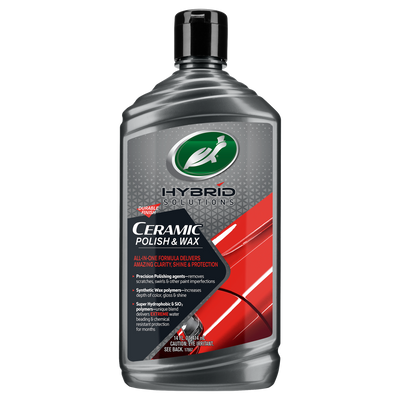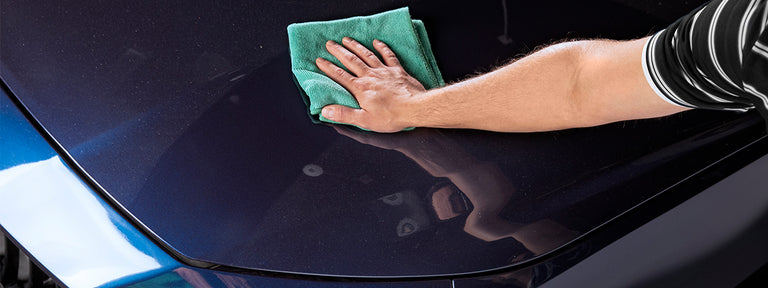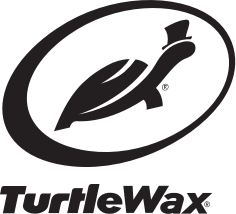
FREE DELIVERY ON ORDERS OVER $30
20% off this weekend only!
THOUSANDS OF 5-STAR REVIEWS
- Home
-
Exterior
- Wash
- Wax, Seal & Coat
- Paint Correct
-
Restore
- headlight restoration
- scratch repair
- trim restoration
- bug & tar removal
- metal & chrome finish
- View all Restore
- Wheel & Tire
- View all Exterior
- Interior
- Hybrid Solutions
-
Mister Cartoon
- Mister Cartoon Complete Collection
- Mister Cartoon Air Care & Foggers
- Mister Cartoon Wash, Wax & Detailer
- Mister Cartoon Interior, LVP & Protectant
- Mister Cartoon Wheel & Tire
- View all Mister Cartoon
- Car Care Kits
- Accessories
- Learn
- Rewards
- Product Finder
FREE DELIVERY ON ORDERS OVER $30
20% off this weekend only!
THOUSANDS OF 5-STAR REVIEWS

HOW DOES WAX HELP RESTORE A CAR’S PAINT: EXPERT’S GUIDE
In this article you will learn:
- The basics of paint restoration
- The purpose of car wax in automotive care
- How some waxes work to restore paint while others don’t



